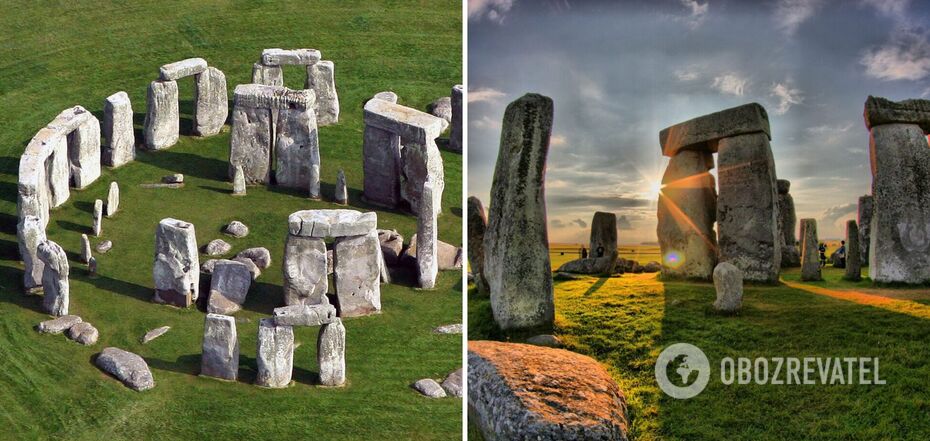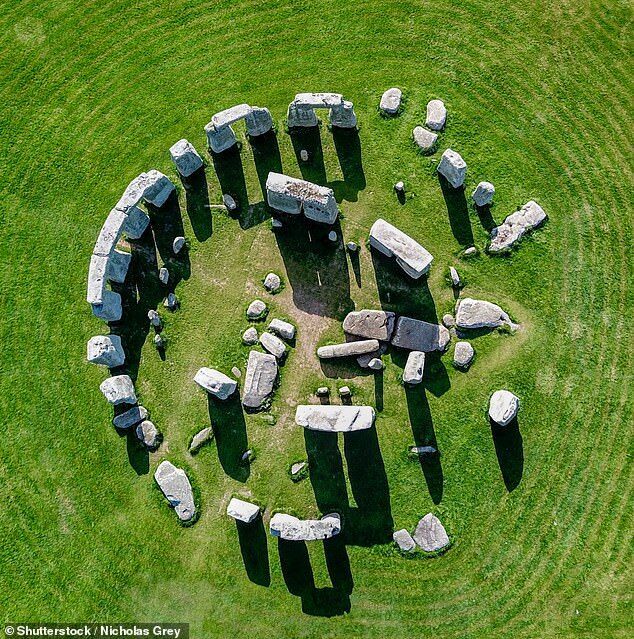Life
Stonehenge wasn't a giant calendar? Scientists come up with a new theory
Stonehenge is one of the most outstanding prehistoric monuments of mankind. According to the latest versions of scientists, its construction was completed about 3,500 years ago. The giant stones formed an incomplete double circle. The statistics are impressive: it would have taken 500 people to pull one stone, and another 100 people were needed to lay the rollers in front of the sled.
For a long time it was thought that Stonehenge served as a solar calendar. However, scientists have recently disproved this theory. The Daily Mail told about the new hypotheses and discoveries.
The mystery of Stonehenge
It is still unknown for what purpose the giant stones were placed. The largest weighs 50 tonnes and would have been impossible to transport by water, so it is suspected that sleds and ropes were used. Scientists have found cremated human bones and have speculated that Stonehenge was part of religious ceremonies. But the most popular version was the ancient solar calendar.
Italian and Spanish experts claim that this claim is "totally unfounded" and based on "forced interpretations, numerology and unconfirmed analogies.
Calendar Theory
Until recently, most scientists believed that Stonehenge was a giant timekeeper-calendar that ancient people used to track the solar year of 365.25 days. Stonehenge accounted for the solstice days and the Earth's movement around the celestial luminary.
In a study published in Antiquity a year ago, Professor Timothy Darville analyzed the number and location of Stonehenge's large sandstone plates, called sarsens. Darvill concluded that Stonehenge was a "simple and elegant" perpetual calendar based on the solar year. Each of the giant stones represented a month of the year.
New Hypotheses
Dr. Giulio Magli of the Polytechnic University of Milan and Professor Juan Antonio Belmonte of the University of La Laguna in Tenerife said that the calendar theory does not stand up to criticism.
"Stonehenge is an extremely complex monument that can only be understood by considering its landscape and the chronology of its different phases over the centuries," Dr. Magli and Professor Belmonte say.
Scientists note that Stonehenge had more than 60 stones in ancient times, most of which have been lost over the millennia. So the calendar theory from this point of view seems somewhat illogical.
What could Stonehenge have been
Prehistoric people didn't have theodolites and compasses, they used rocks, poles, wood and rope. And to this day no one can be sure of Stonehenge's purpose. It might have been a giant clock, a calendar, a temple, a place of burial, a kind of hospital or a place of worship to the gods. It is not known if the mystery of one of the oldest monuments of mankind will ever be solved with certainty.
Earlier OBOZREVATEL was told that a probable clue to the mystery of life on Earth was found on a distant asteroid.
Subscribe to OBOZREVATEL channels in Telegram and Viber to keep up with the latest events.





























